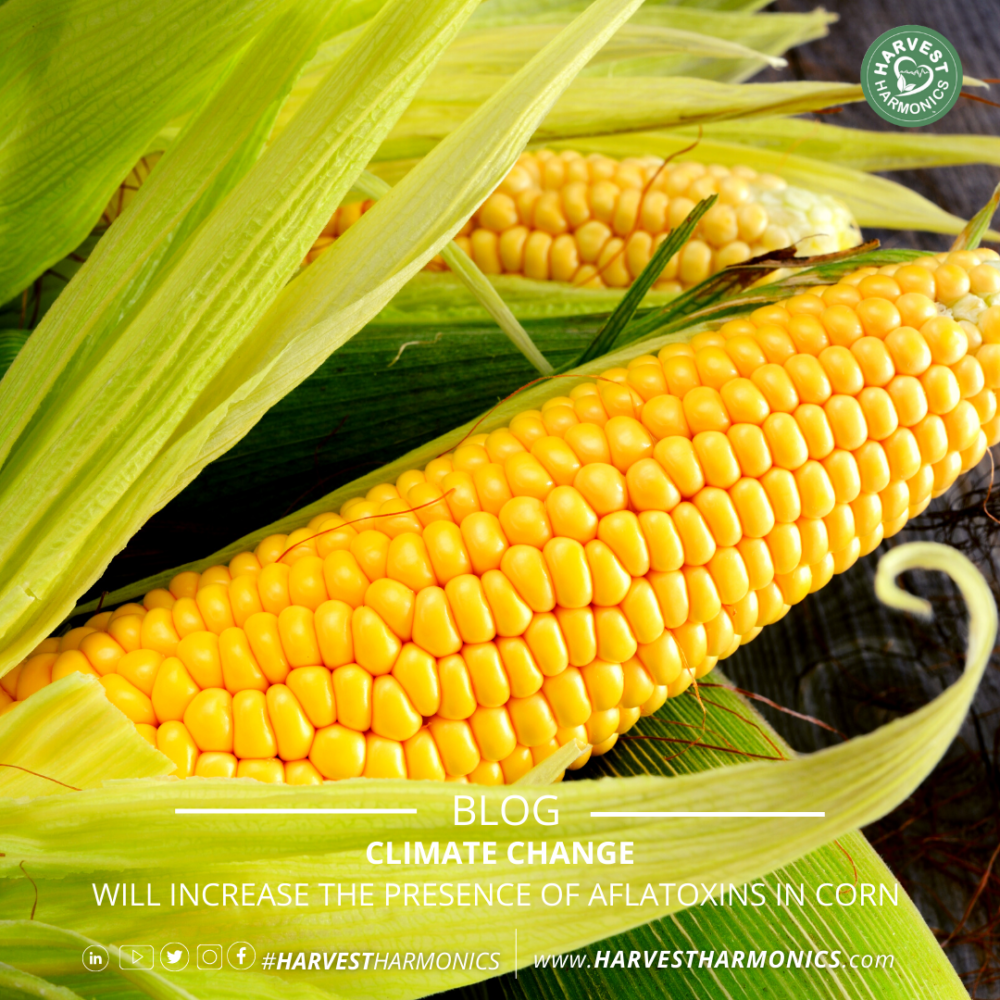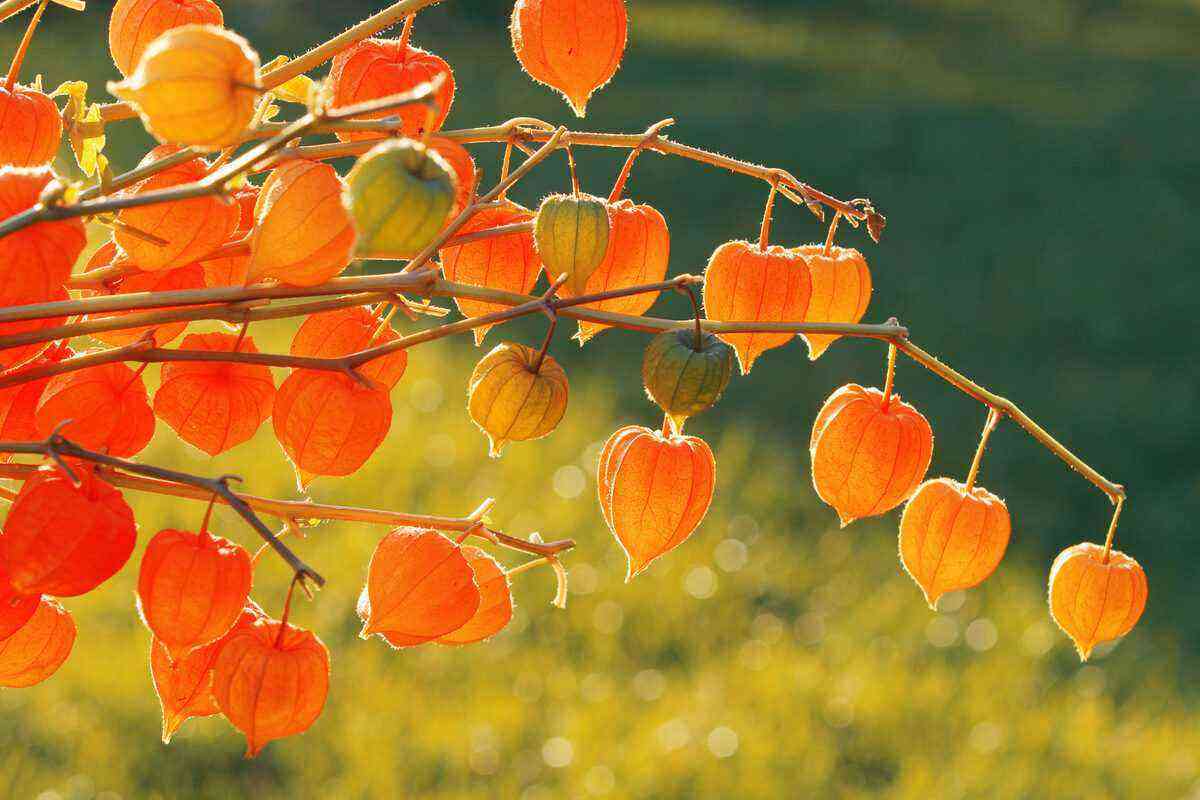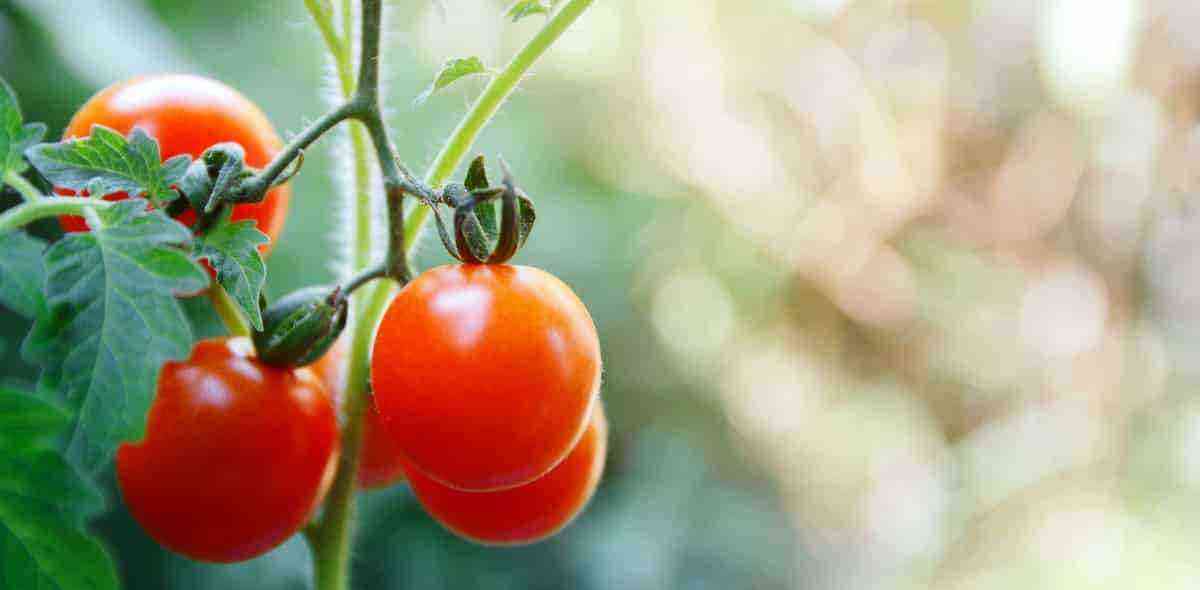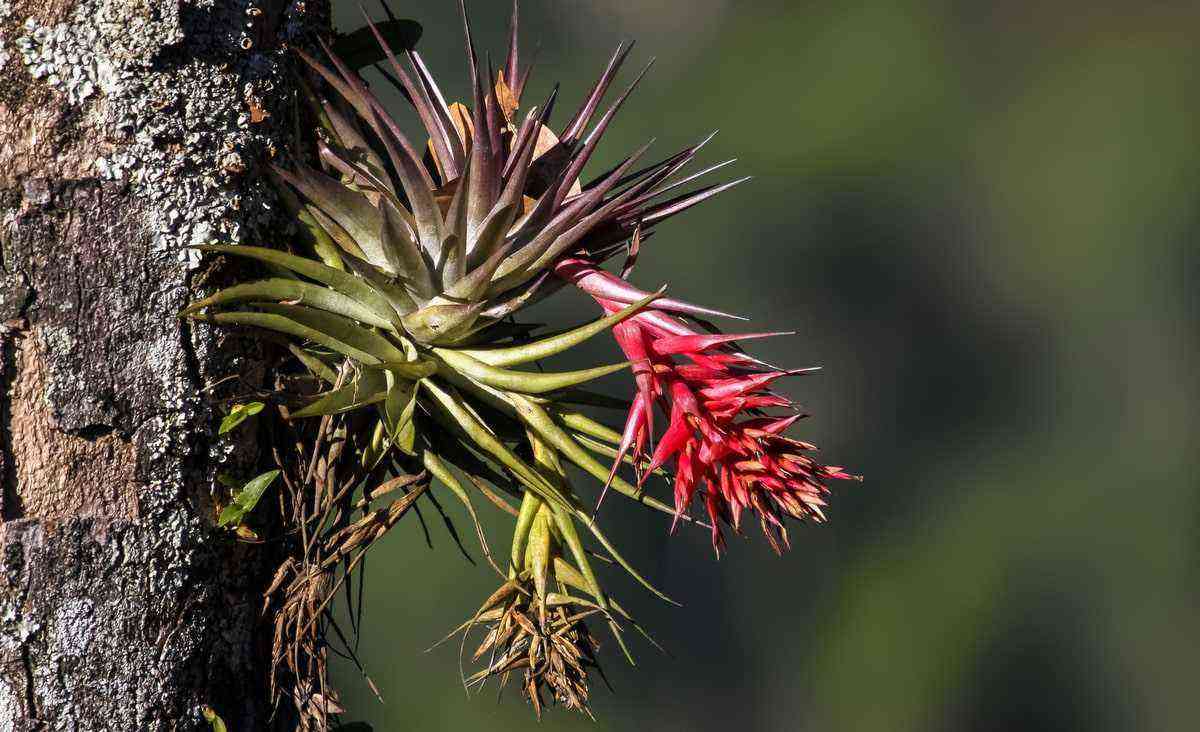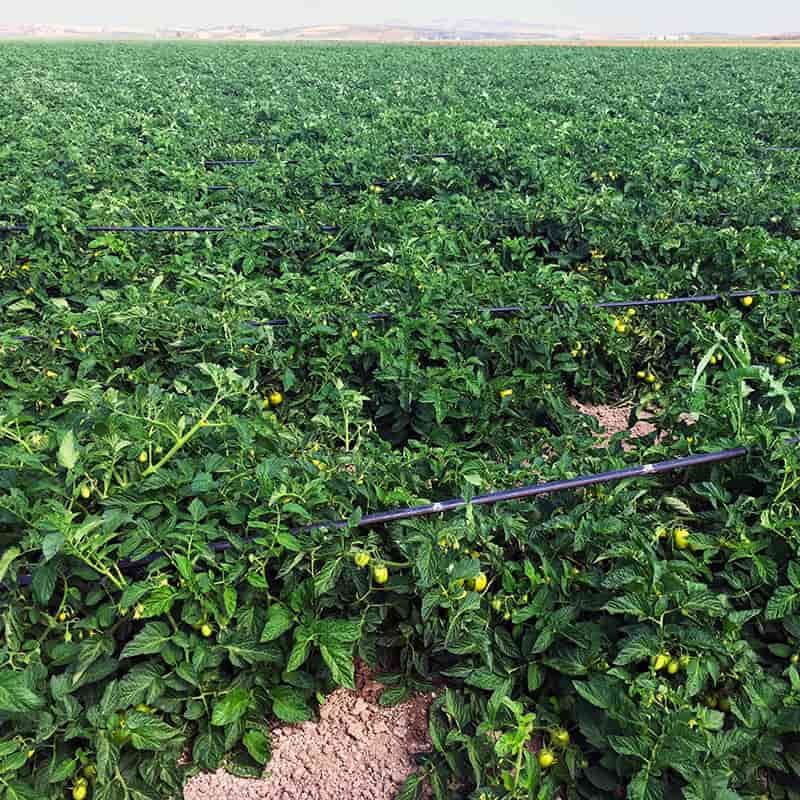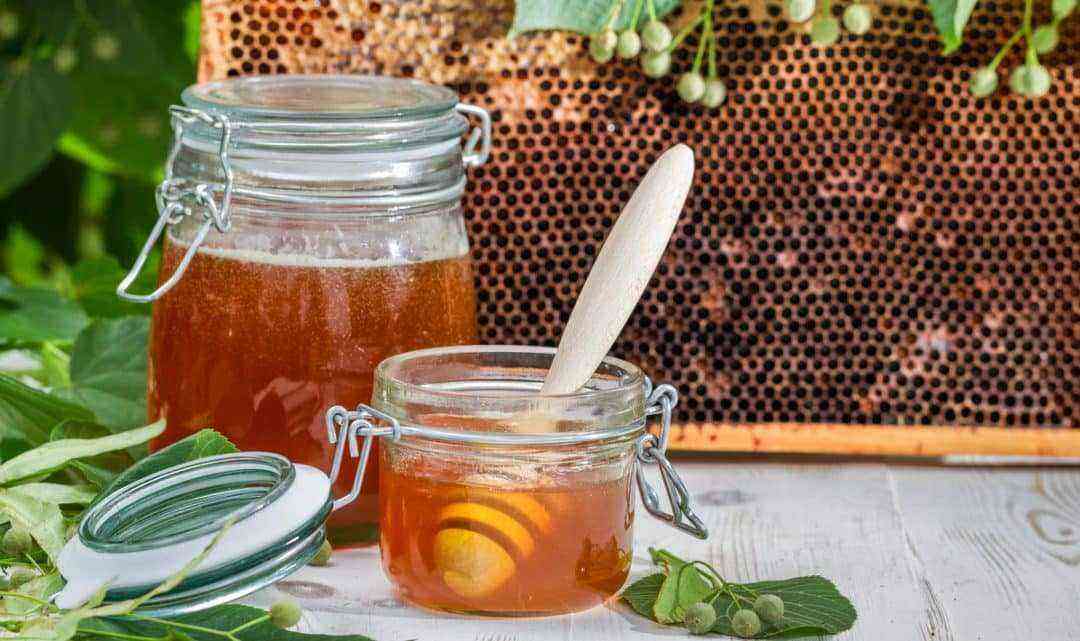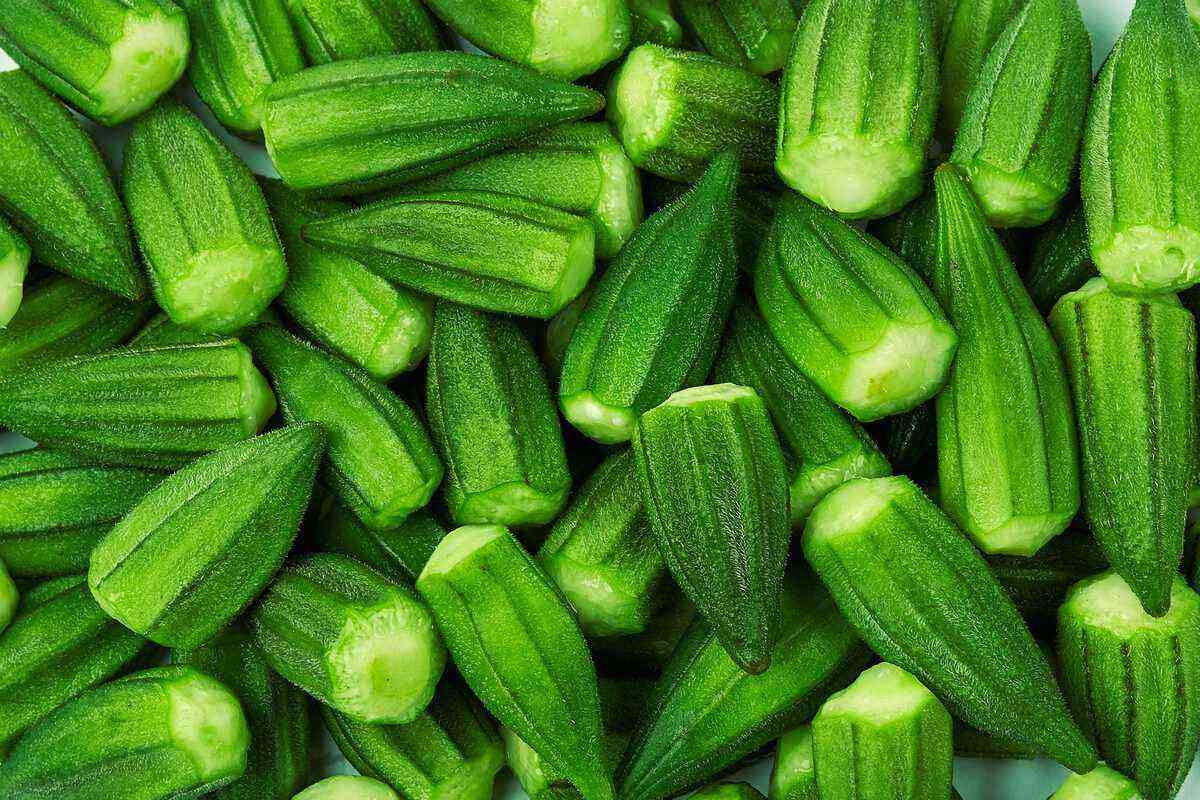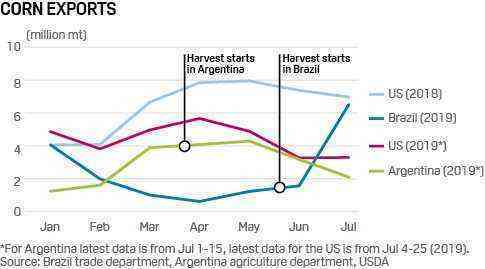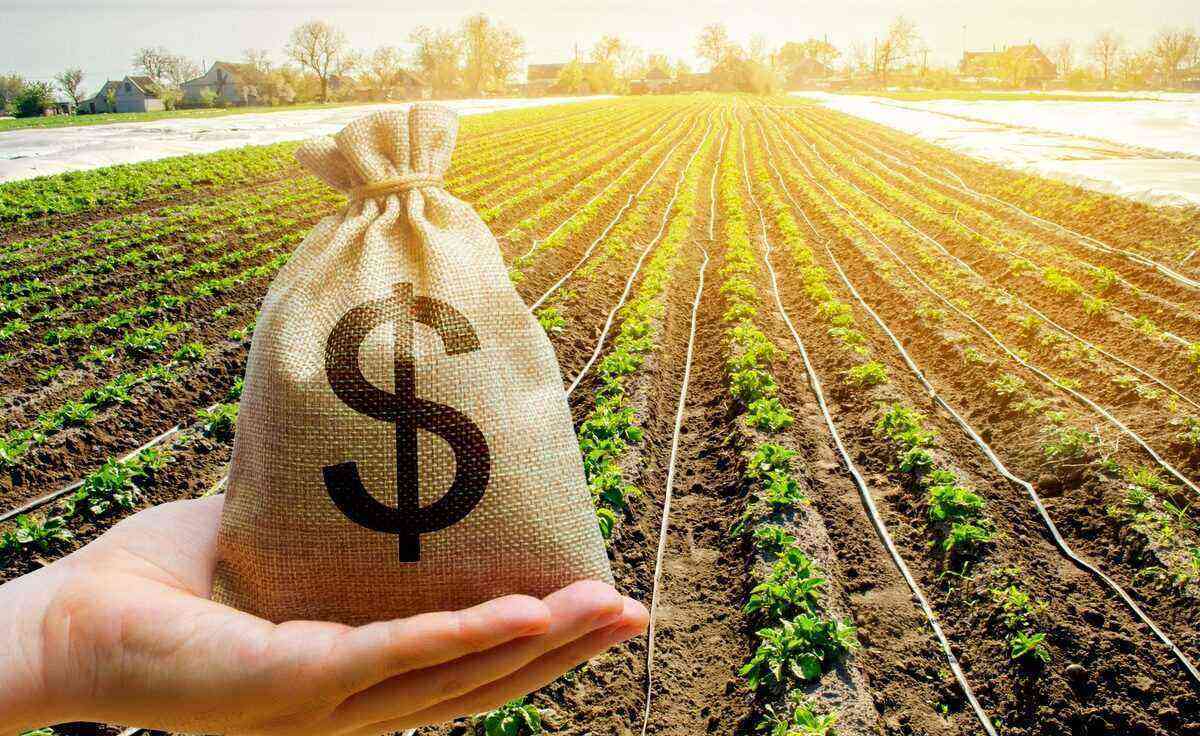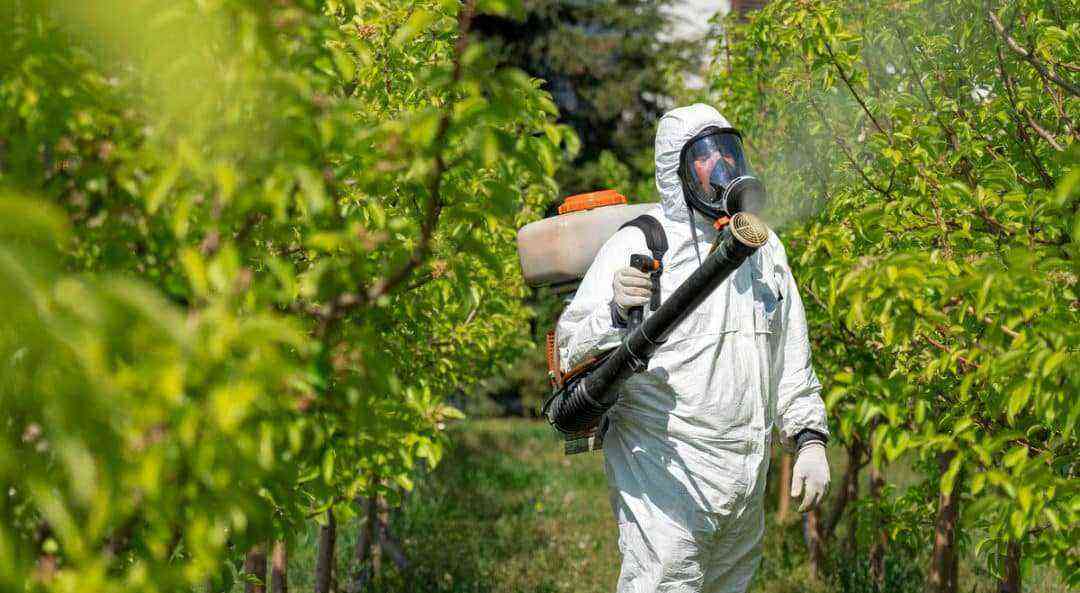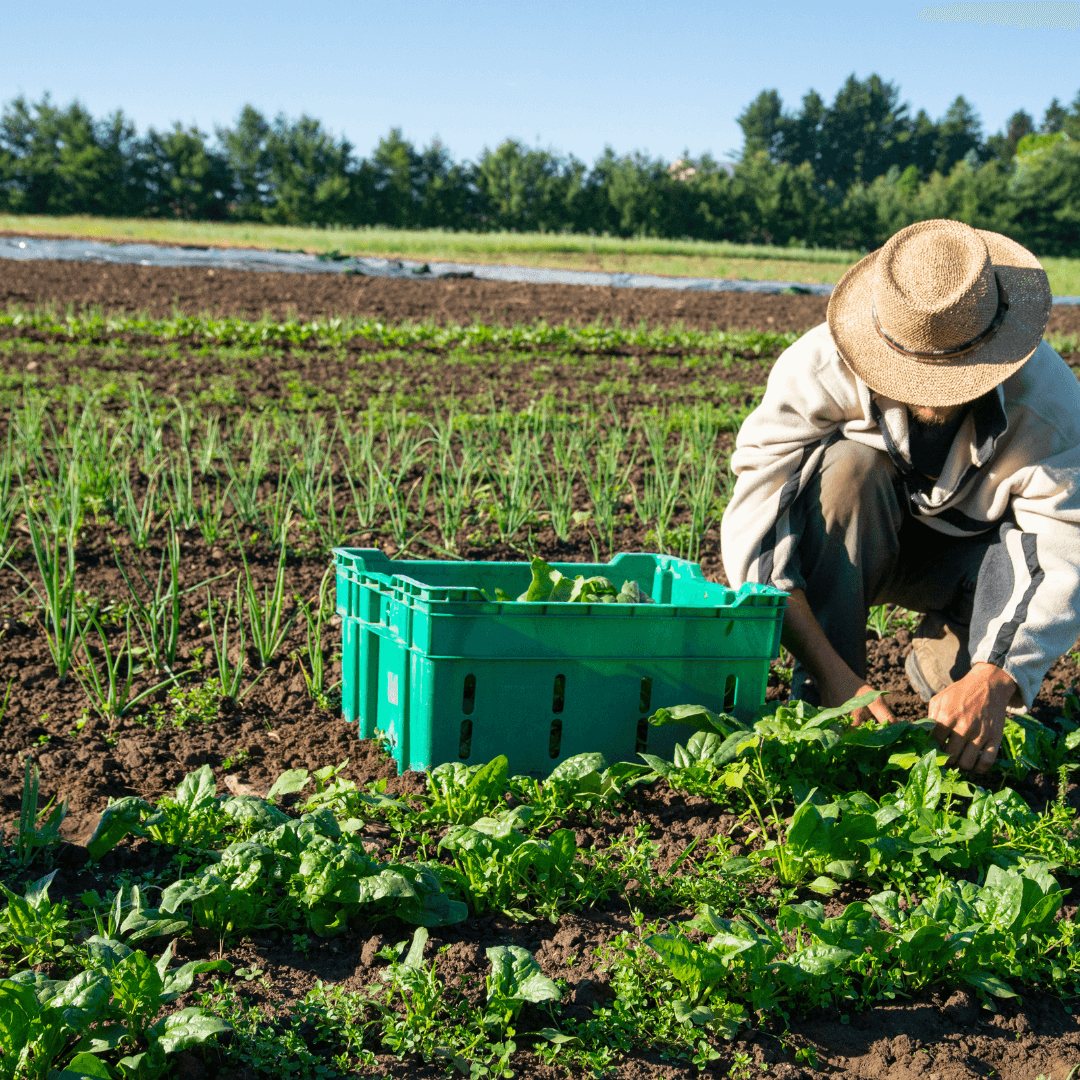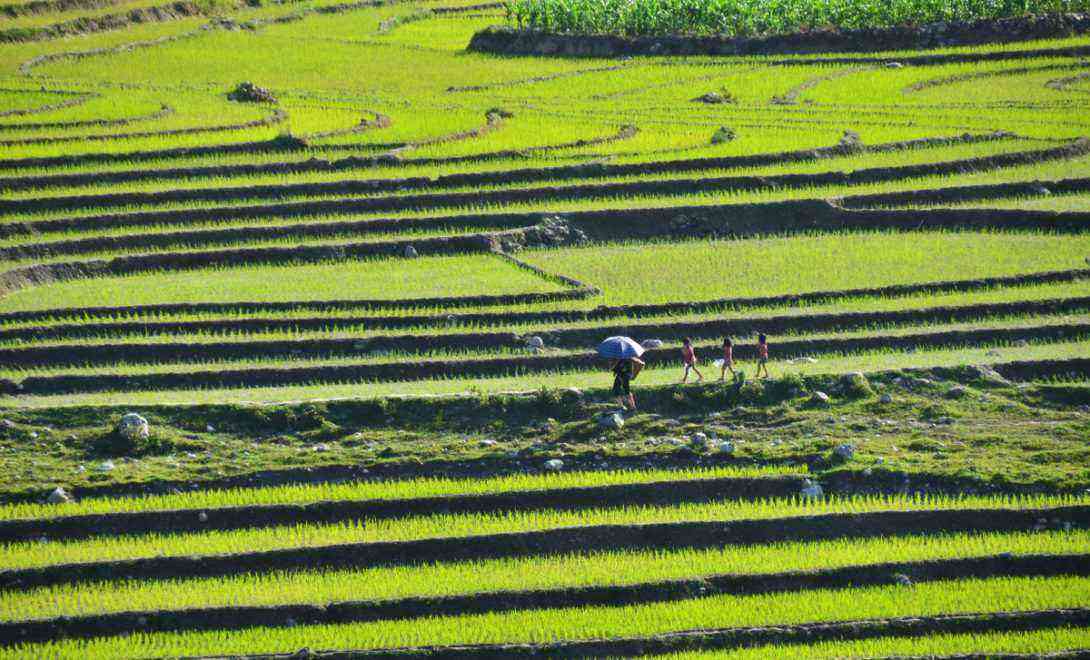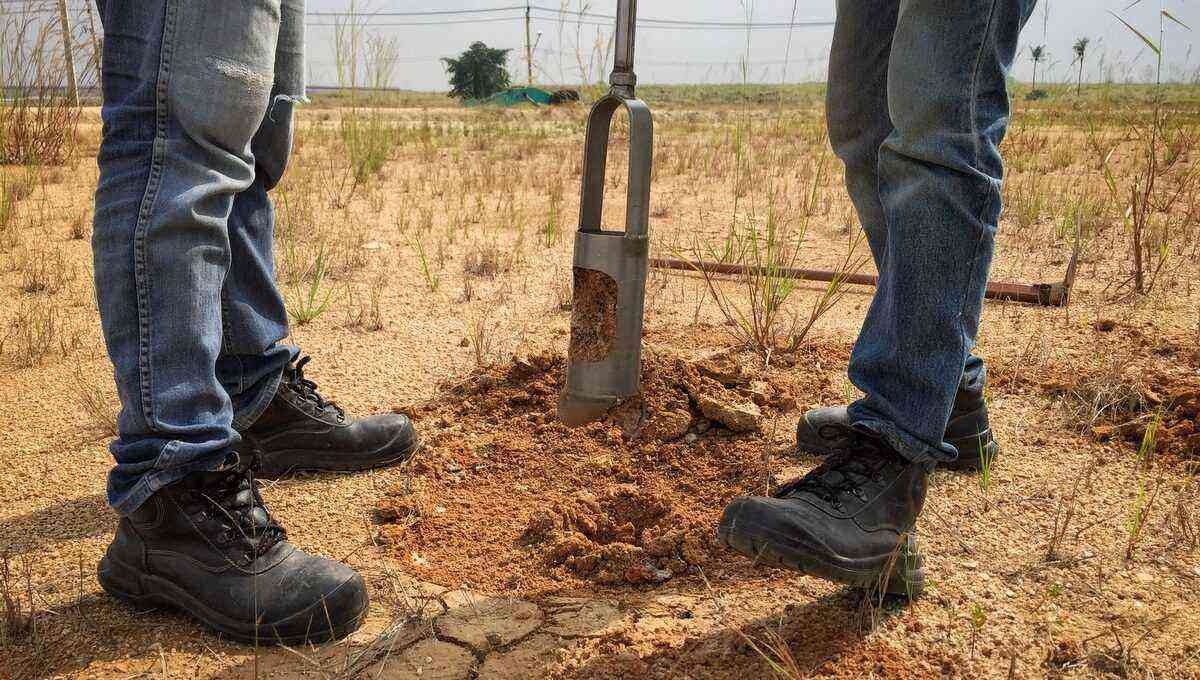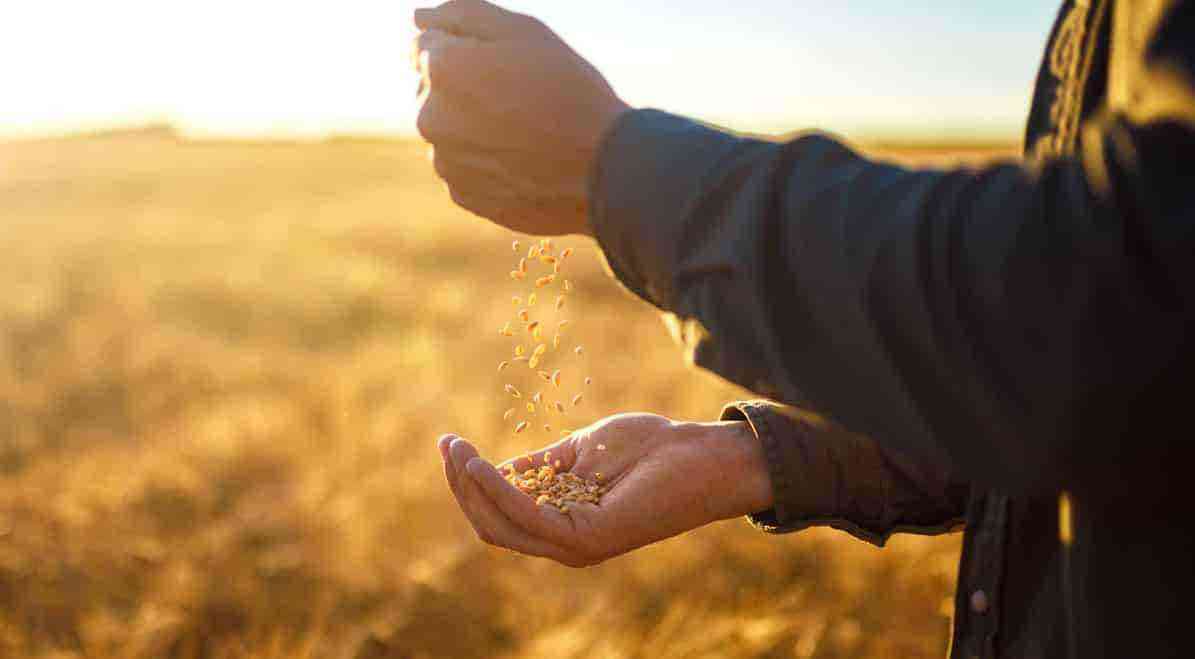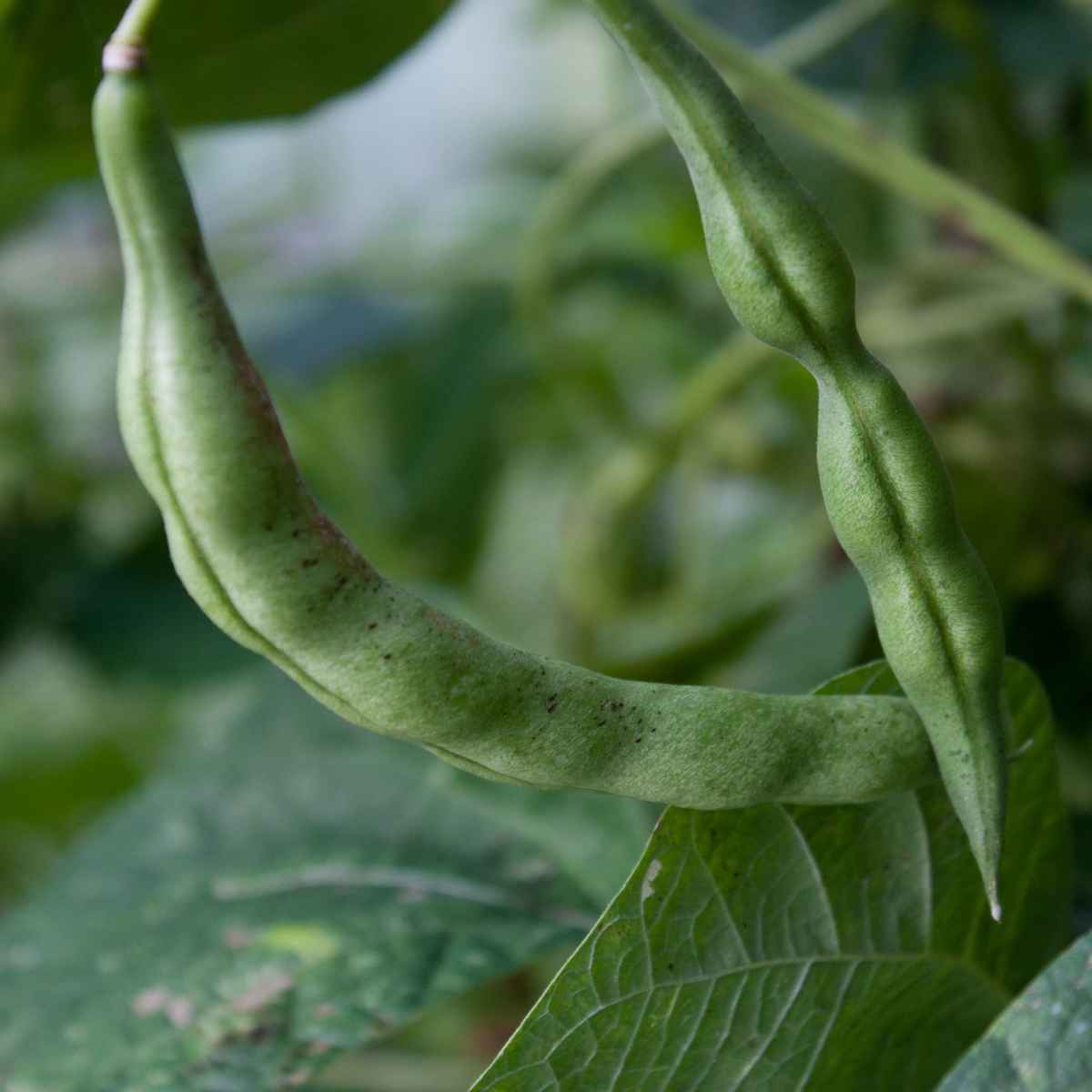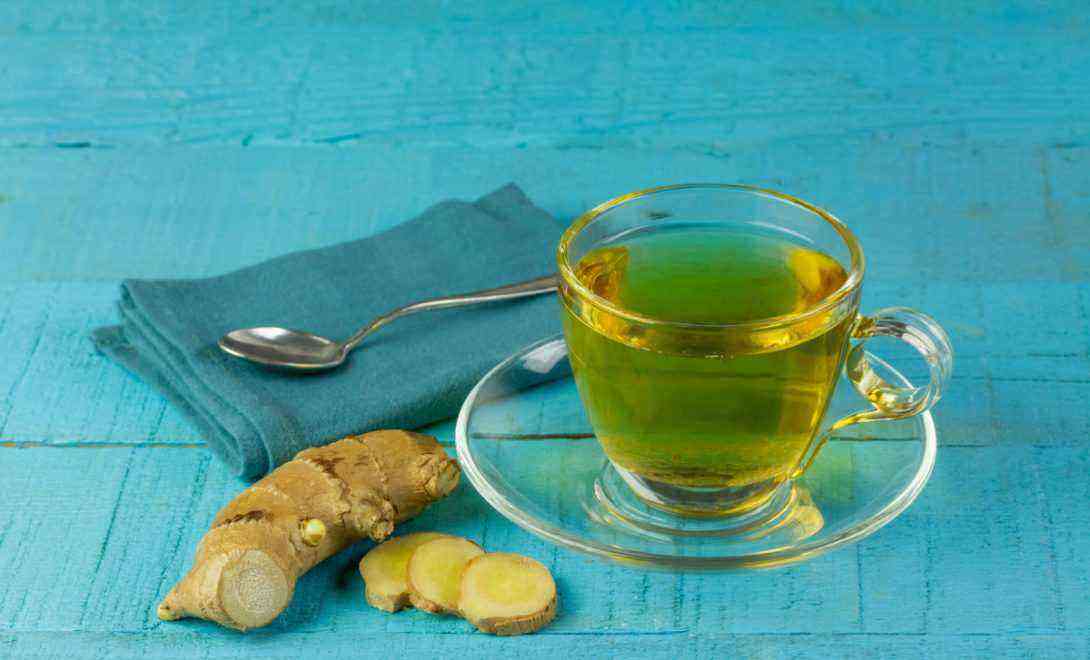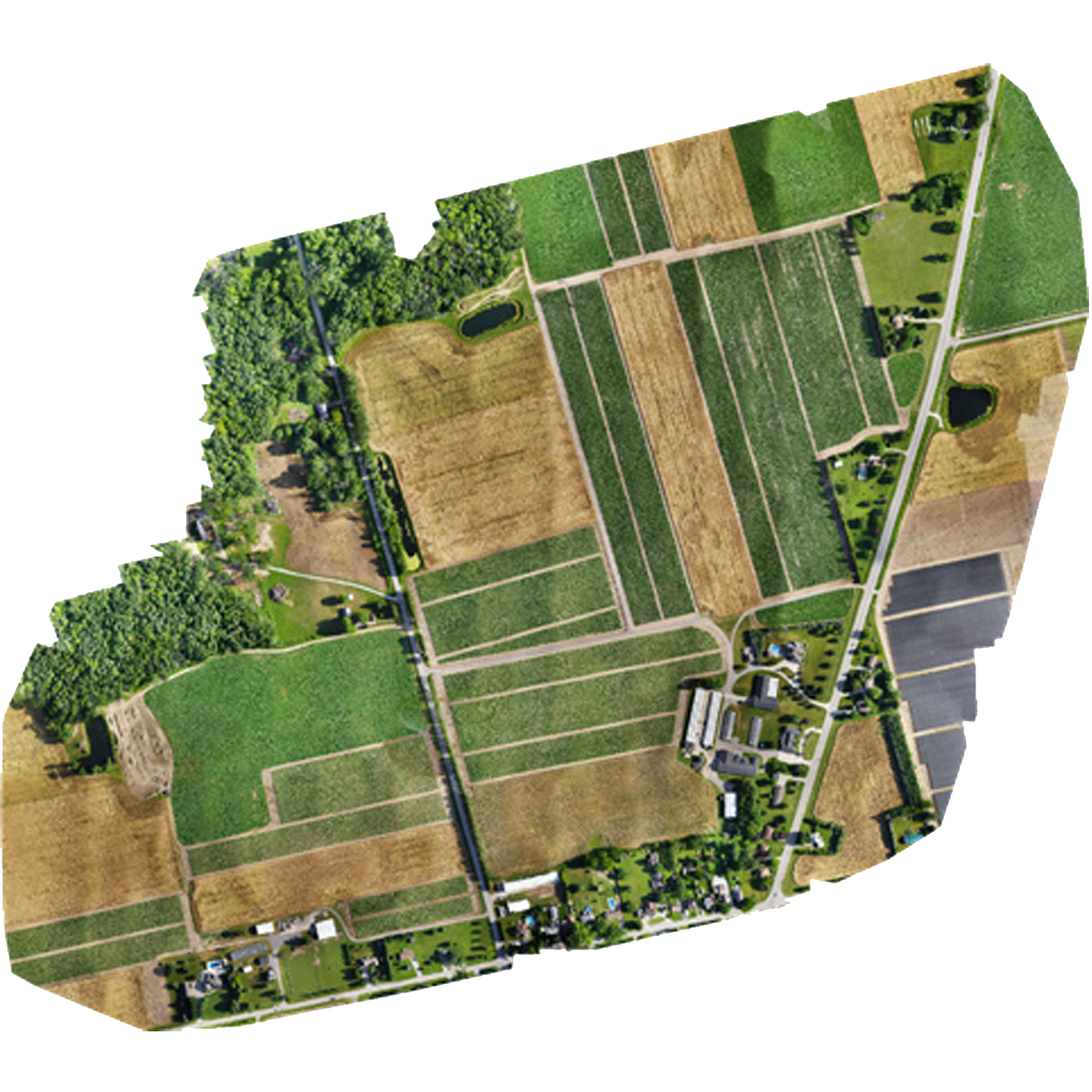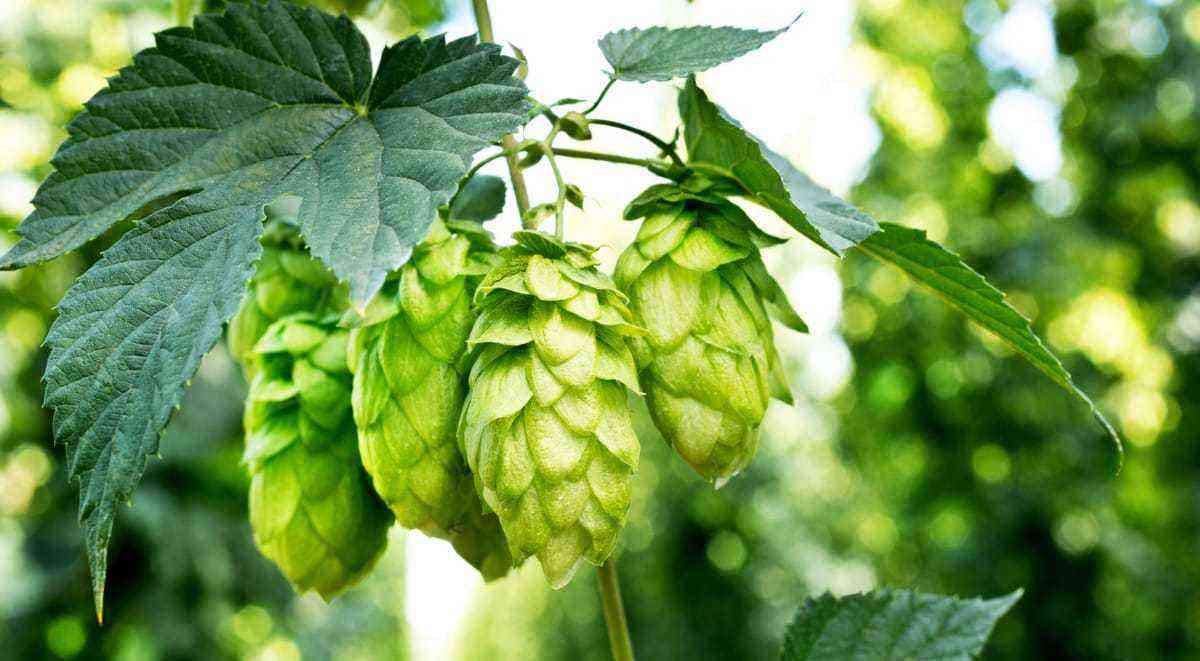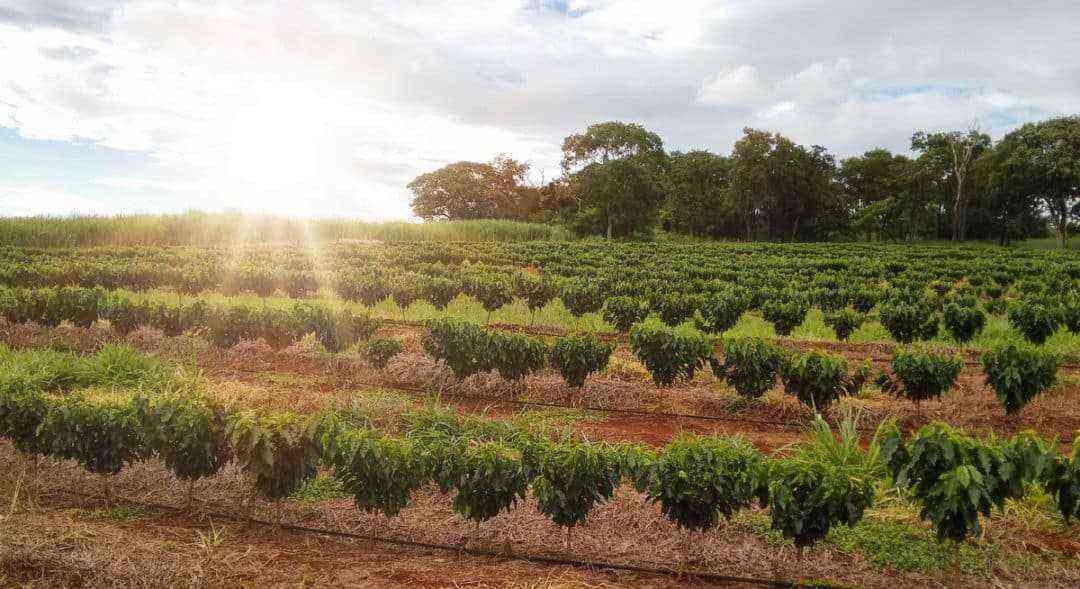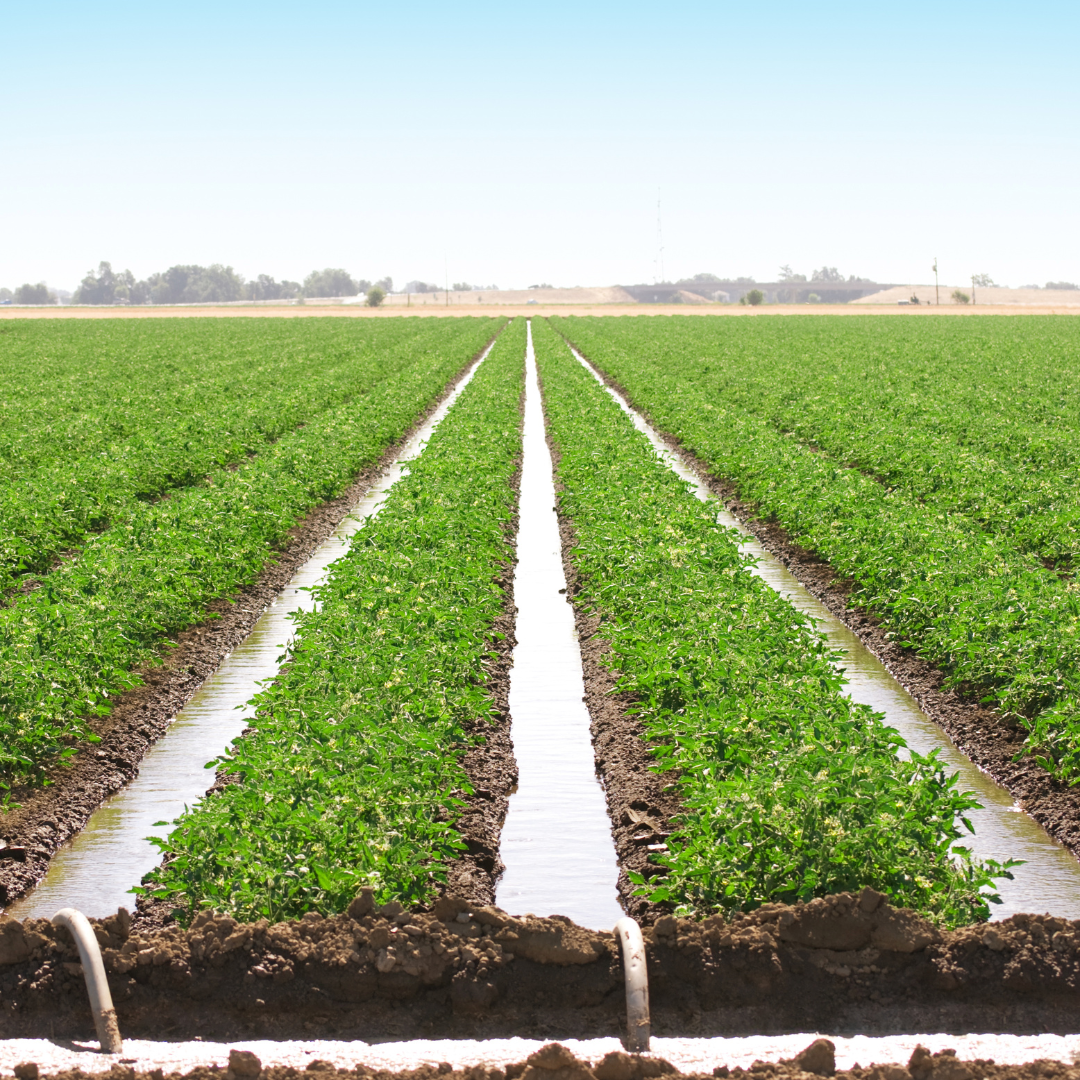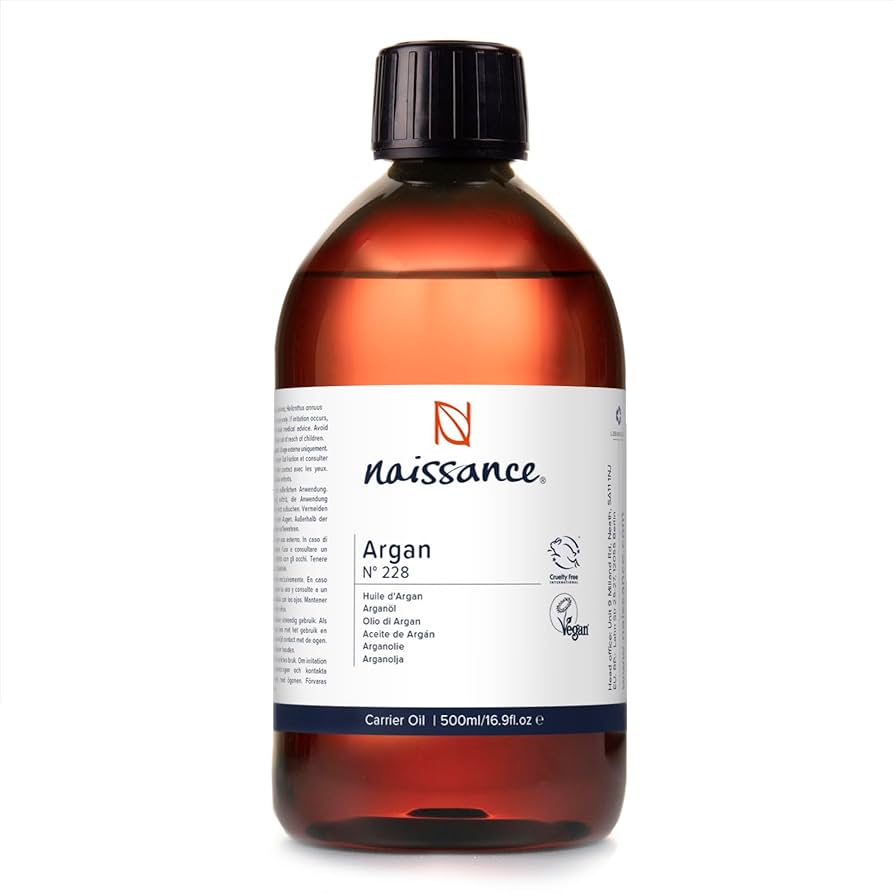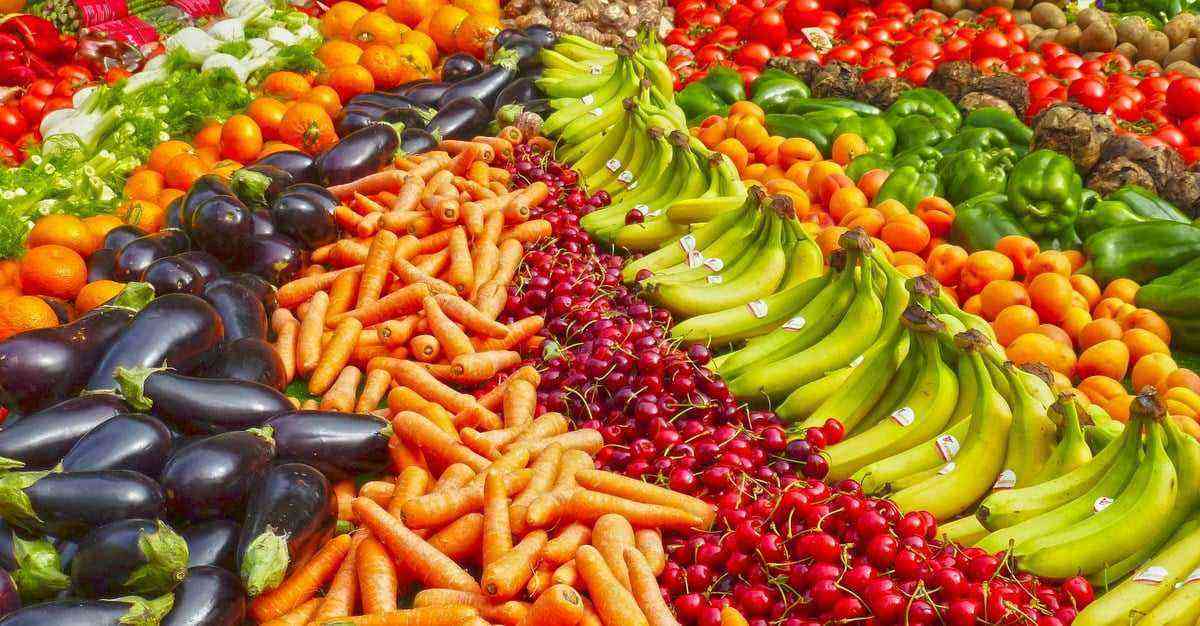the avocado tree (Persea americana Mill.) belongs to the family Lauraceae, being considered within the division Magnoliophyta one of the most primitive families.
Its family is composed of mostly arboreal species, with about 50 genera and 2.500 species, which are distributed throughout the world, mainly in subtropical and tropical regions.
Originally from Tropical America, the avocado tree is grown in all regions of the world, where there are fertile soils and sufficient heat.
origin of the avocado tree
The avocado tree has three commercialized breeds of different origins: the Mexican (Persea americana “Drymifolia”), the Antillean (P. americana “Americana”) and Guatemalan (P. nubigena “Guatemalensis”).
This new classification, made recently, is now considered the most correct, although the avocado tree can also be referred to as Persea americana Mill.
The avocado tree presents medium to high size (12 to 20 meters), and the plants originated from seeds of larger size than the grafted ones.
plant characteristics
The root system is axial type, with secondary ramifications whose root volume is concentrated at 1 m depth.
The fruits can weigh from 50 g to 2,5 kg and have a thin epicarp, fleshy mesocarp and thin, papyraceous endocarp, adhered to the seed coat, containing a single seed, characterized as a berry.
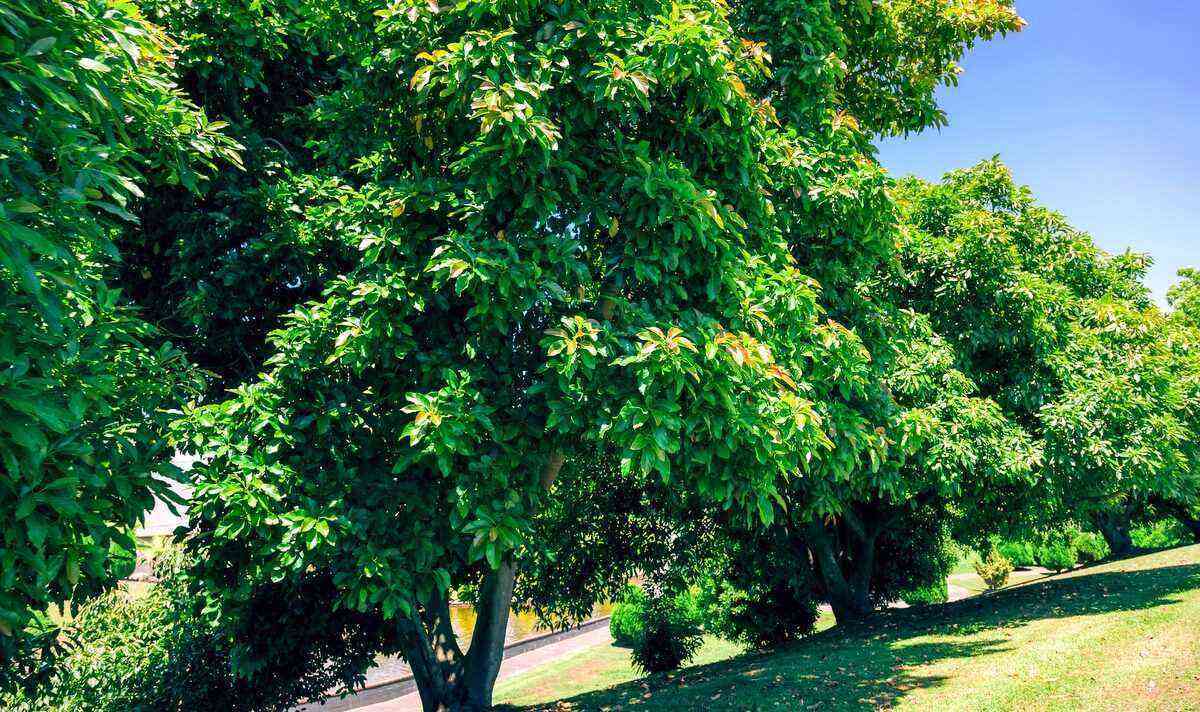
The avocado tree starts to produce from the third or fourth year after planting. It depends on factors such as seedling quality and cultural practices.
The commercial fruiting of grafted avocados starts from the 3rd or 4th year of age, with an average production of 12 to 30 kg/plant, varying by cultivars, climate, seedling quality, soil fertility and cultural practices, which may increase the production gradually as the plant develops.
avocado production
Studies show that the world production of avocados is 3,81 million tons, planted in an area of 301 thousand hectares.
In Brazil, there are 10 thousand hectares planted, with a production of 213 thousand tons, proving to be the country with the highest average productivity – around 21,3 tons per hectare/year.
To learn more about management, check out our post on the main care to be taken with the avocado tree.
Main producing regions
São Paulo, Minas Gerais and Paraná are the main producing states in Brazil, and in 2020, São Paulo had 799 thousand plants in production, and another 232 thousand plants were implanted, totaling 4,5 thousand hectares with production of 104 a thousand tons.
Minas Gerais, considered the second largest producing state, had an area of 2,9 hectares, with production of 52,3 tons, followed by Paraná, with 19 hectare planted and production of XNUMX tons.
avocado consumption
In Brazil, the fruit of the avocado tree is preferably consumed in the form of desserts, shaken with milk and sugar. However, in other countries, the fruits are consumed in the form of salads, soups, sauces and spreads.

Avocado recipes are always a good choice. The fruit is a rich source of good fat and its consumption can provide several benefits.
Avocado: fertilization x production
The success of production is allied to the management of fertilization, which is carried out according to the stage of development of the culture, that is, fertilization of planting, formation and fruiting.
For each of these stages, the crop is demanding different amounts of macronutrients and micronutrients.
Macronutrients and micronutrients are considered suitable for the crop when they are in the following ranges: 16-20; 0,8-2,5; 7-20; 10-30; 2,5-8; 2-6 g/kg of N, P, K, Ca, Mg and S (macronutrients), respectively, and 50-100; 5-15; 50-200; 30-100; 0,05-1,0 and 30-100 mg/kg of B, Cu, Fe, Mn, Mo and Zn (micronutrients), respectively.
avocado export
When it comes to cultivars destined for export, Hass and Fuerte are the two most important for most exporting countries.
In the national market, these cultivars are commercialized under the name of avocado, being valued for being differentiated.
The fruits are of small caliber, weighing from 180 to 300 g, with an oil content of approximately 20% compared to other avocados, on average, ranging from 18% to 22%.
- Marcela Caetano Lopes – Biologist and PhD student in agronomy – FCA/UNESP – Botucatu/SP.
- Saulo Strazeio Cardoso – Master in Agronomy (Soil Science) and Doctor in Agronomy (Vegetable Production) from UNESP/Jaboticabal.



